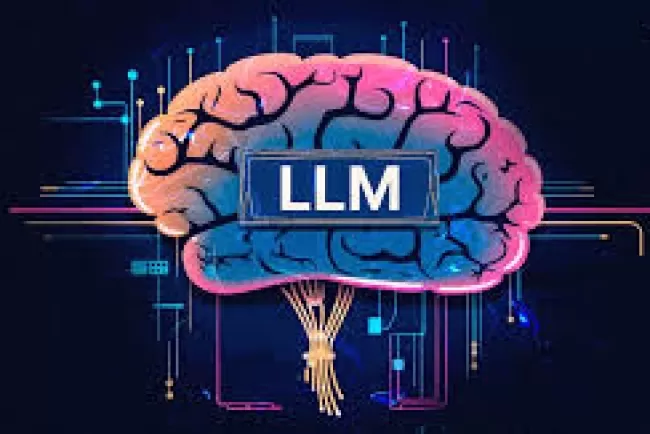Enhancing IOTA with Priority-Based Transaction Confirmation for IoT Devices

The Shift Towards Cloudless IoT Architectures
Blockchain technology has emerged as a powerful tool for secure, decentralized transactions, with Directed Acyclic Graphs (DAGs) being recognized as an effective alternative to traditional blockchain architectures. These DAG-based systems, such as IOTA, offer scalability and efficient transaction processing by enabling parallel transactions and eliminating the need for miners, making them particularly well-suited for the Internet of Things (IoT) industry.
However, while DAG-based architectures like IOTA are designed for scalability, they often overlook the importance of transaction prioritization—an essential feature, especially in constrained environments like IoT. When IoT devices generate critical transactions, prioritizing them for faster processing is crucial, particularly when network bandwidth is limited. This paper introduces an innovative framework to integrate transaction prioritization in IOTA, enhancing the confirmation speed for high-priority transactions.
Background: DAG-based IoT Networks and IOTA
IOTA, a cryptocurrency designed for the IoT sector, replaces the traditional blockchain structure with a DAG called the Tangle. In this system, every transaction validates two previous transactions, eliminating the need for miners and transaction fees. However, the Tangle's tip selection process—the method of choosing transactions to approve—has not accounted for transaction prioritization, leaving critical IoT transactions at risk of delayed confirmations.
Unlike chain-based blockchains, which rely on a linear chain of blocks, DAG enables parallel transaction processing. This inherent feature helps scale the network, making it more efficient and ideal for IoT, where devices need to generate and process transactions rapidly. Despite its advantages, the lack of transaction prioritization in IOTA can cause delays in confirming critical transactions, especially when the network is congested.
The Need for Prioritization in IoT Transactions
IoT systems typically handle time-sensitive data, making it essential that high-priority transactions (such as those from critical sensors or emergency alerts) are confirmed as quickly as possible. Without prioritization, critical transactions can get stuck behind less important ones, leading to inefficiencies and missed opportunities.
IOTA’s current tip selection algorithms focus on randomly selecting transactions to confirm, without taking their priority into account. This can cause delays in critical situations, where high-priority transactions are essential for the functioning of IoT systems.
Proposed Solution: Priority-Based Tip Selection
This paper proposes an optimization framework that integrates transaction prioritization within the IOTA network. The goal is to ensure that critical or high-priority transactions are selected and confirmed faster than regular transactions. By doing so, the proposed system improves the efficiency of the IOTA Tangle and enhances its usability for time-sensitive IoT applications.
The key elements of the framework include:
-
Priority Flag: Each transaction is assigned a priority level. High-priority transactions are given a flag, which makes them eligible for faster confirmation.
-
Gradual Priority Increase: Transactions that have been unconfirmed for longer periods gradually gain higher priority. This prevents transactions from being stuck indefinitely in the network, even if they are not critical initially.
-
Modified Tip Selection: A new Tip Selection Algorithm (PTSA) is implemented, where the algorithm selects transactions based on their priority levels, ensuring that high-priority transactions are confirmed faster.
Tip Selection Algorithm (PTSA)
The Priority-Based Tip Selection Algorithm (PTSA) is designed to optimize the selection of transactions for confirmation. It works by evaluating the priority level of each unconfirmed transaction. The key steps of the algorithm are:
-
Evaluation: The system scans the Tangle for unconfirmed transactions and identifies the priority level of each.
-
Tip Selection:
- If no high-priority transactions are found, two random tips (transactions) are selected.
- If there is one high-priority transaction, one high-priority transaction and one random transaction are selected.
- If multiple high-priority transactions are present, two high-priority transactions are selected along with one random transaction to avoid any starvation of low-priority transactions.
This approach ensures that critical IoT transactions are prioritized for faster confirmation while maintaining a balance with non-priority transactions.
Experimental Results: Testing the Proposed System
To evaluate the effectiveness of the proposed priority-based tip selection, we tested the system using IOTA’s Hornet node software based on the Chrysalis update (1.5). The experiments were conducted on a machine with an Intel Core i5 processor and 8GB of memory running Ubuntu.
The results showed a significant improvement in the confirmation times of high-priority transactions. Specifically, high-priority transactions in the modified system reached final confirmation faster than those in the original IOTA system, demonstrating the effectiveness of transaction prioritization.
The experimental setup involved configuring the IOTA private Tangle to integrate a priorityFlag for marking high-priority transactions. Additionally, transactions that had remained unconfirmed for a long time were gradually assigned higher priority to prevent delays.
Comparison with the Original IOTA System
The confirmation time of high-priority transactions was notably reduced in the priority-based IOTA system. In comparison to the original IOTA system, which does not prioritize transactions, the proposed method ensured faster finalization for critical IoT transactions. Figures in the paper demonstrate that high-priority transactions in the new system were consistently confirmed in less time, indicating a positive impact on system efficiency.
Conclusion: Improving IOTA for Time-Sensitive IoT Applications
This research demonstrates that by integrating transaction prioritization into the IOTA network, high-priority IoT transactions can be confirmed faster, improving the overall efficiency of the network. The Priority-Based Tip Selection Algorithm (PTSA) proposed in this paper significantly enhances the performance of IOTA, making it more suitable for real-time, time-sensitive IoT applications.
As the IoT industry continues to grow, this enhancement to IOTA’s DAG-based architecture could provide the scalability and speed necessary to handle the increasing volume of IoT transactions efficiently.
Future Work
The results of this paper open the door for further optimization techniques, including dynamic prioritization based on transaction types and network conditions. In future research, we plan to explore how the system can be adapted to handle varying network loads and larger IoT ecosystems.
Engagement Prompt
In what other IoT applications do you think prioritizing transactions within DAG-based systems like IOTA could make a significant impact?
What's Your Reaction?

















